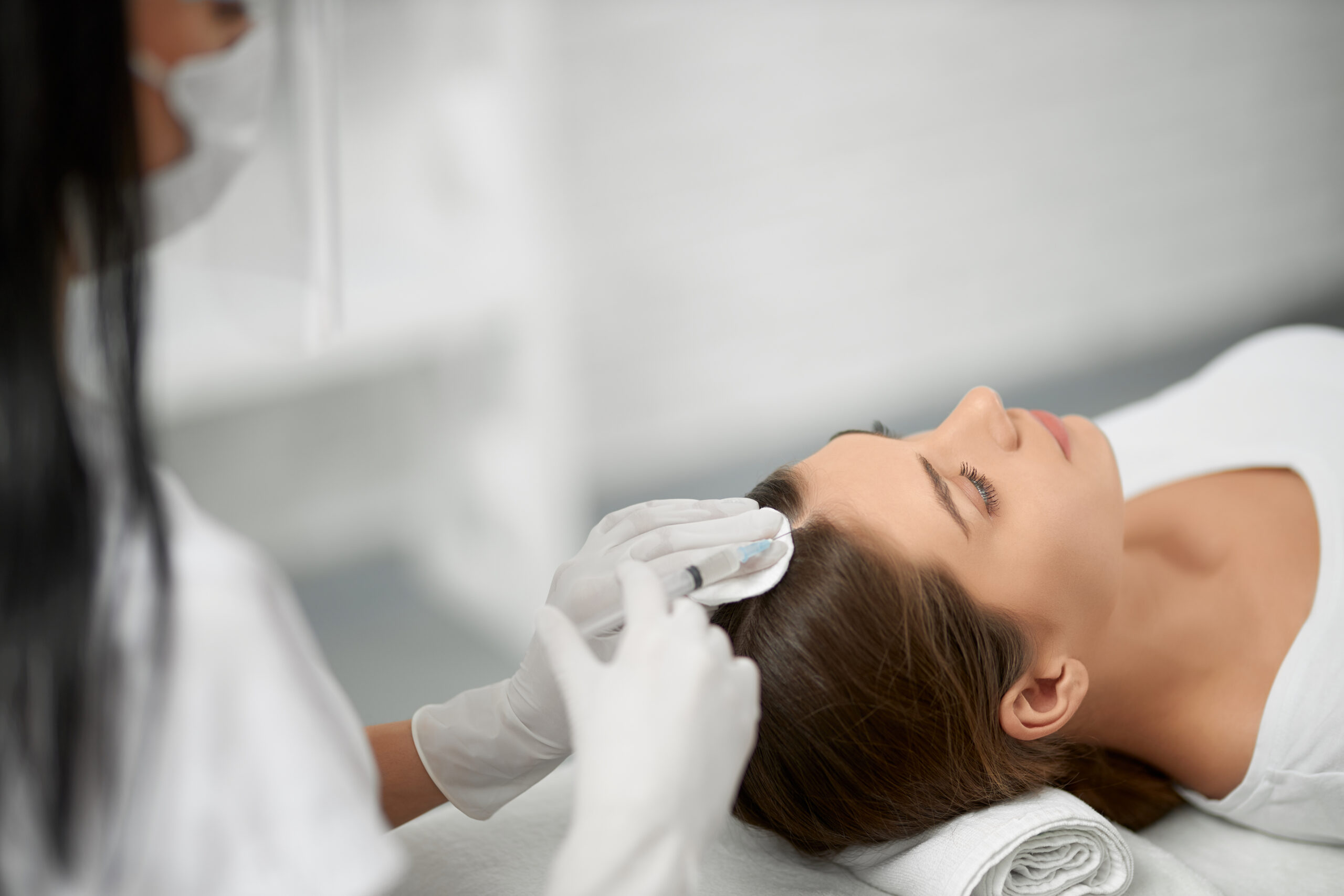Medication

Minoxidil
Minoxidil was introduced as an antihypertensive medicine for patients with hypertension. While administered to patients, an adverse event of hypertrichosis (excessive hair growth) was discovered. Leading to the usage of oral minoxidil for hair loss treatment and for the treatment of androgenic alopecia. The Mechanism being (although not fully understood) the causation of capillaries and blood vessels to dilate leading to enhanced nutrition delivery to the hair follicles.
Minoxidil affects hair follicular by enhancing growth and reducing thinning and hair loss.
Indications of use:
⦁ Androgenic alopecia
⦁ Female pattern hair loss
⦁ Beard enhancement
⦁ Eyebrow enhancement
⦁ Alopecia areata
Side effects of oral minoxidil although uncommon at a low dose may include: excessive hair growth, temporary shedding, lower limbs swelling, lightheaded.

Dutasteride/Finasteride
Dutasteride/Finasteride work in blocking the action of enzymes that convert male hormone (testosterone) into dihydrotestosterone DHT which is the hormone that causes male hair loss. Dutasteride/Finasteride help to stop the progression of hair loss and in some cases reverse it.
3-6 months duration of daily use is optimal to see results in 9 out of 10 cases studies suggest.
Side effects are usually mild and uncommon but can include:
⦁ Rash
⦁ Depression
⦁ Low sex drive
⦁ Erectile dysfunction
⦁ Tenderness around the nipples
Dutasteride/Finasteride can still present itself as a treatment option for male pattern baldness.
